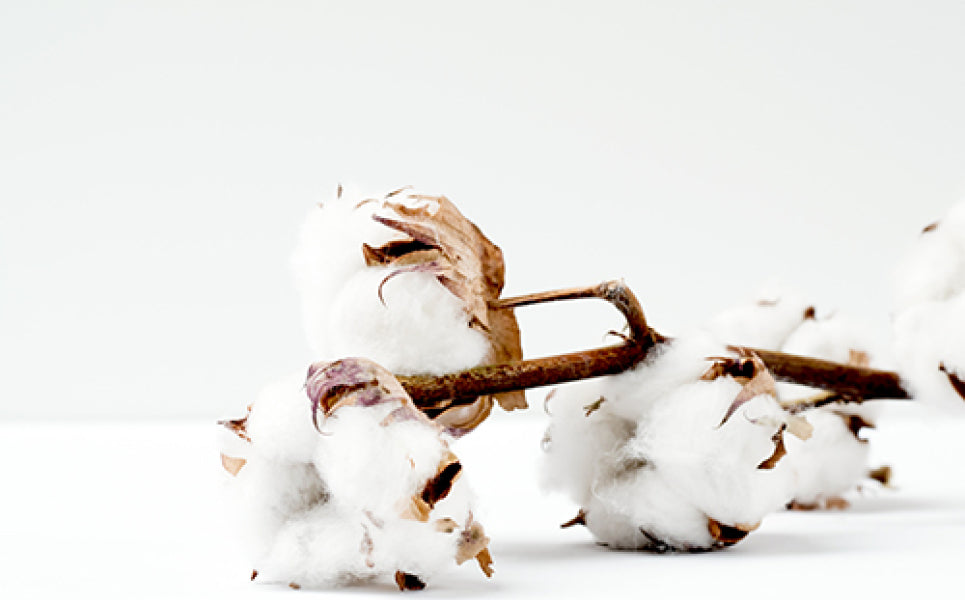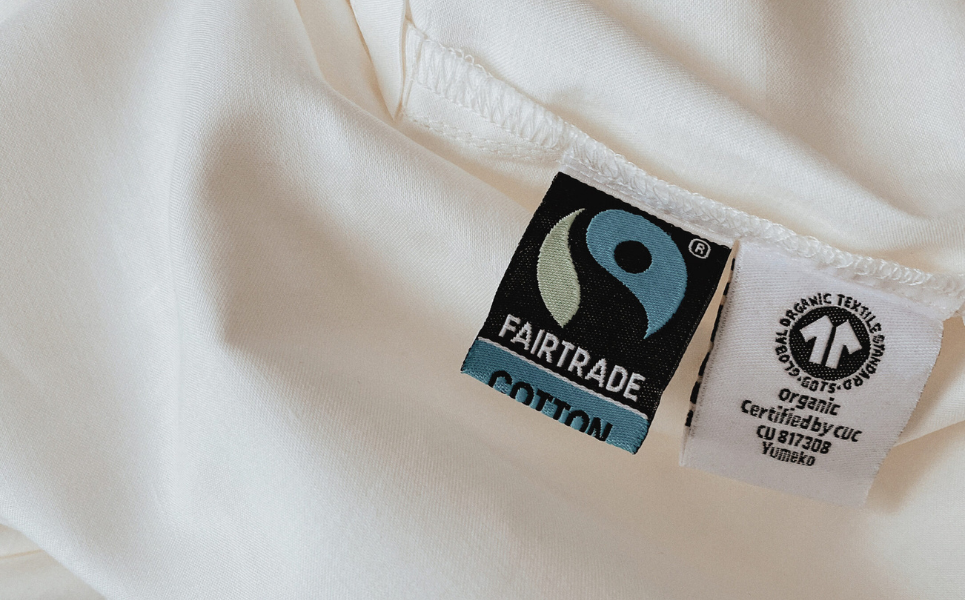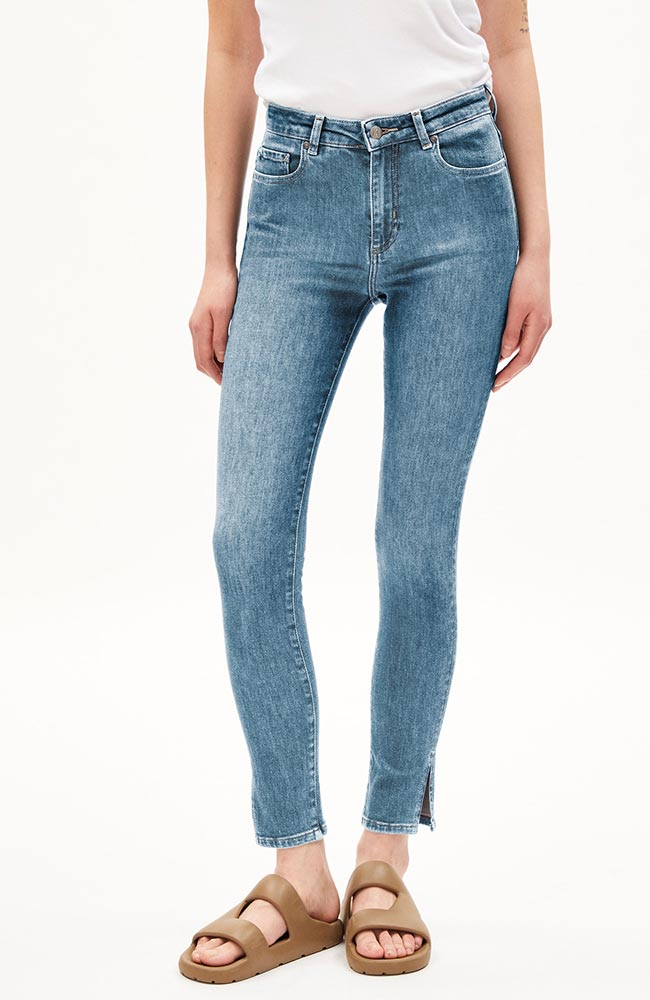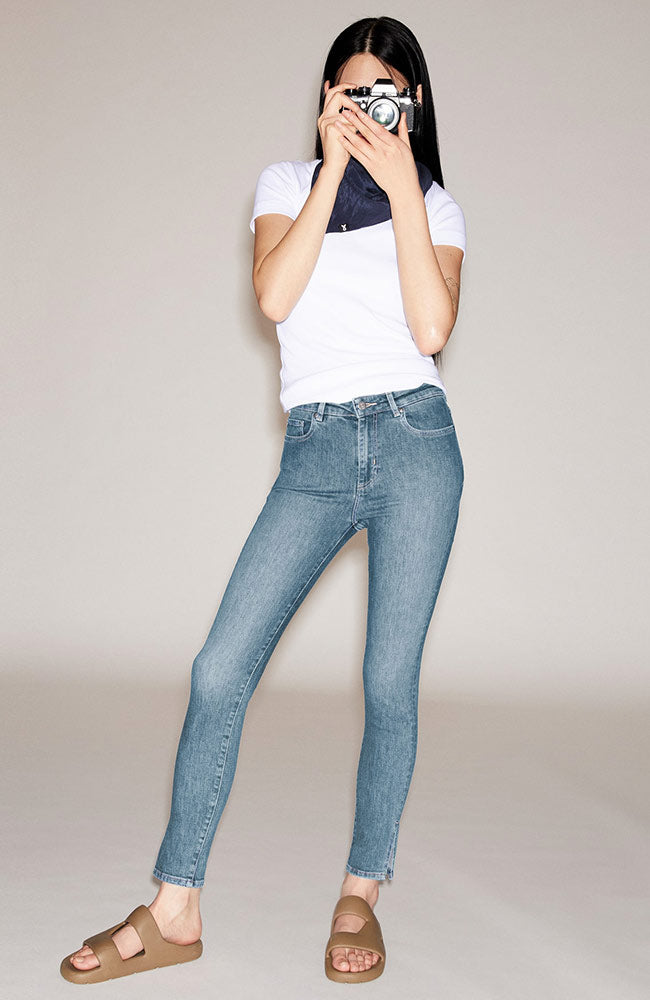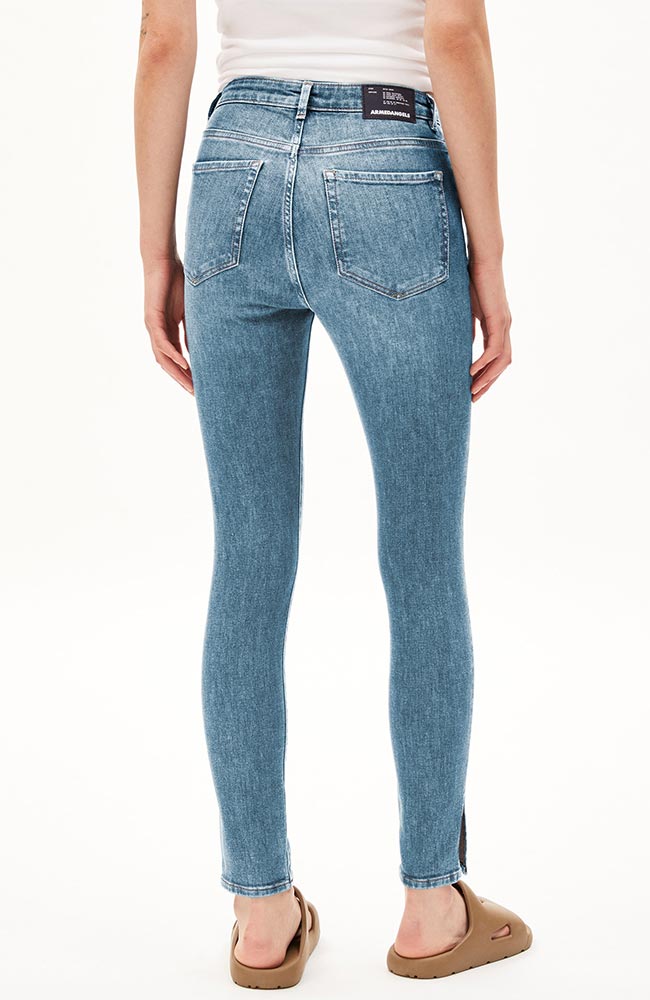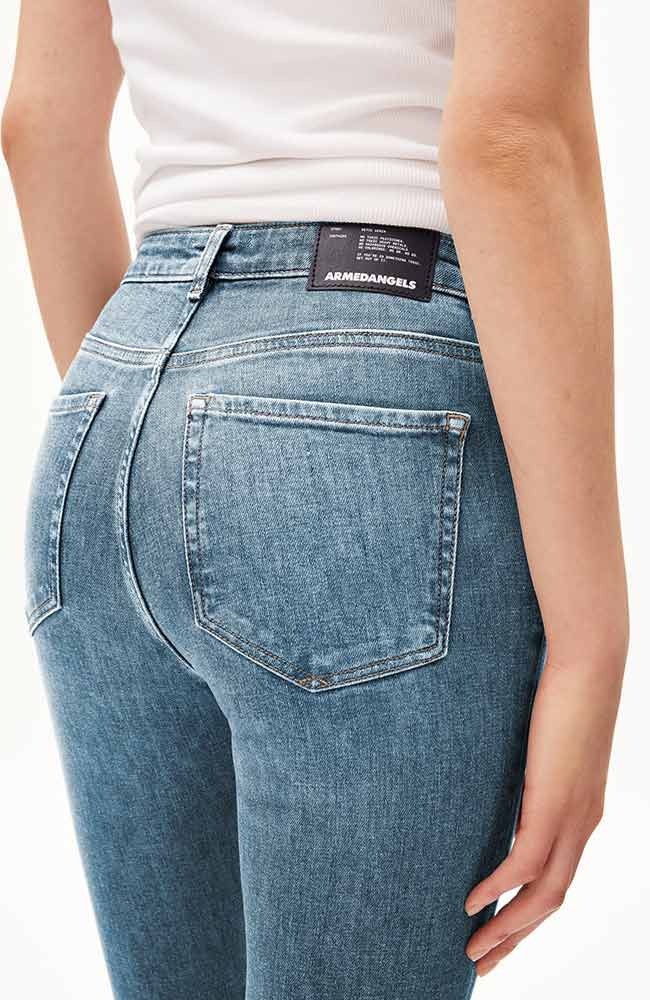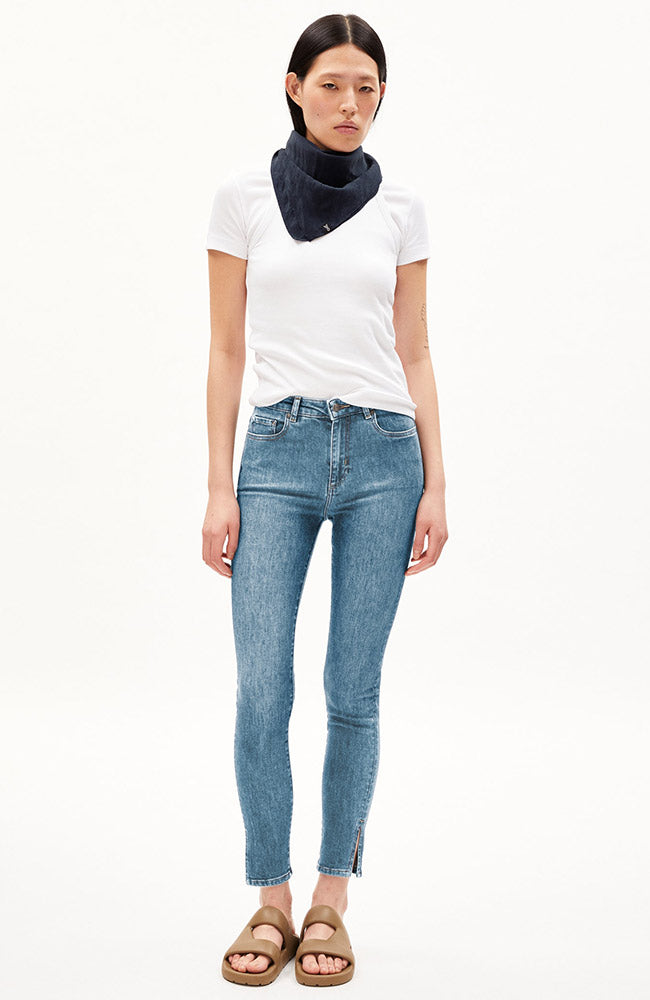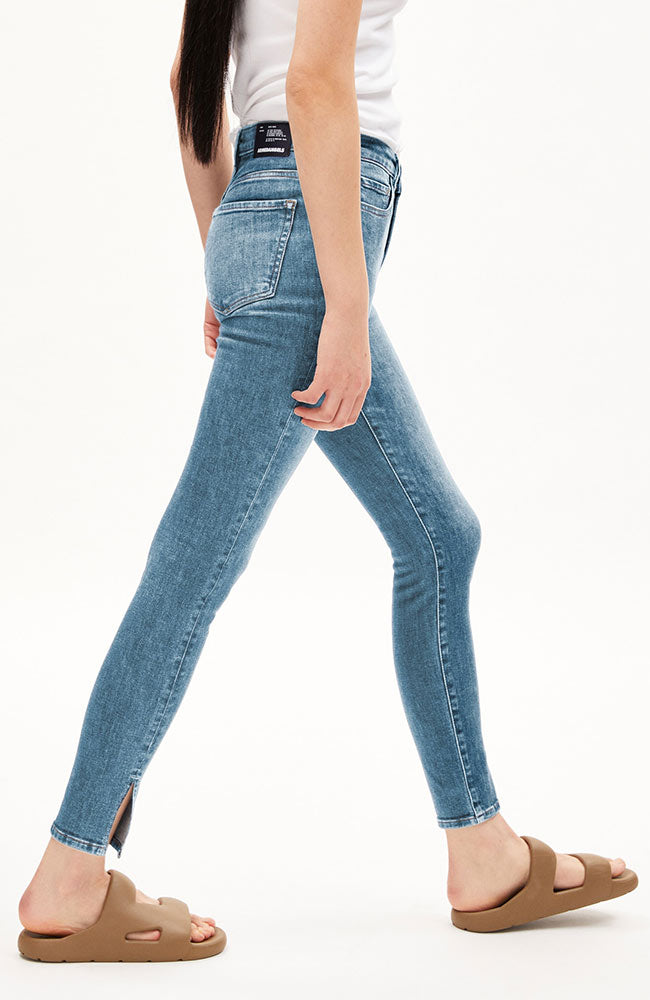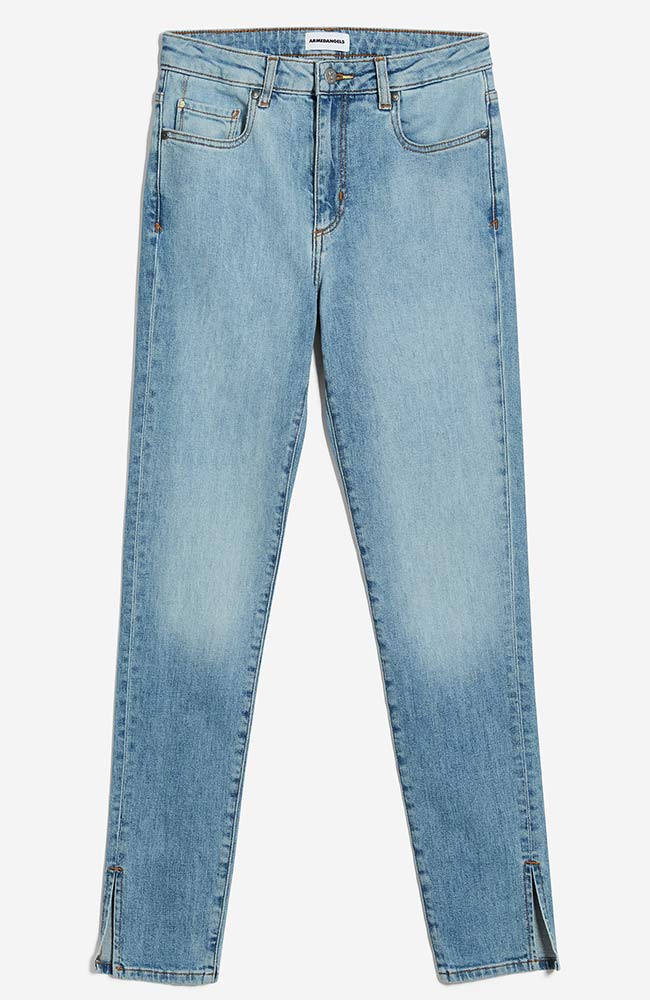What is hemp as a clothing material?

Hemp as a clothing material
Heynnep is a so-called bast fibre and is made from the stems of the hemp plant. It is one of the oldest textile raw materials and was It was mainly used for the mass production of cotton (in the 17the and 18the century) was widely used in clothing. Hennep is a highly valued natural product that is used in innovative fashion fabrics and and interior fabrics.
Sustainability hemp
Hen hemp is considered one of the most sustainable textile fibres. During its growth period, the plant does not require irrigation, hemp has few natural enemies (insects) and therefore does not need to be treated with pesticides. Because it grows so fast (up to four metres in height in just a few months), weeds do not stand a chance and herbicides are unnecessary. Hemp is grown almost organically throughout Europe, America and China.. Hemp is a natural product, 100% biodegradable and pleasant to the touch.
In addition, hemp fibres are stronger than cotton. This gives garments a longer lifespan, but sometimes also makes the fabric a little stiffer.
Hemp clothing
The hempfibre has specific properties that distinguish it from most other clothingmaterials and make it unique. The hemp fibre contains little air and has low insulating qualities. This means that hemp clothes always feel fresh and cool, making them an ideal material for making summer clothes. In addition, hemp has good moisture-regulating properties. It absorbs moisture quickly and then quickly releases it to the outside air. On hot days, this helps regulate the microclimate between the body and the clothing.
Hemp is well tolerated when worn directly on the skin, even though it is somewhat stiffer and less elastic than cotton, for example, and therefore less supple. These properties also mean that hemp wrinkles quite easily, at least when it is used in a woven fabric. However, this is a property that some consider to have a 'natural charm'.
Hemp x cotton mix
Hemp is often mixed with substances such as organic cotton, this creates is created. a fabric that is soft to the touch and luxurious in appearance. The adding hemp to a cotton garment reduces the ecological ecological footprint footprint significantly: Vom hemp requires some 50% less water than cotton for hemp requires about 50% less water than most fabrics and is therefore much more sustainable.
Our Spanish brand Thinking Mu regularly uses hemp in its collections.




